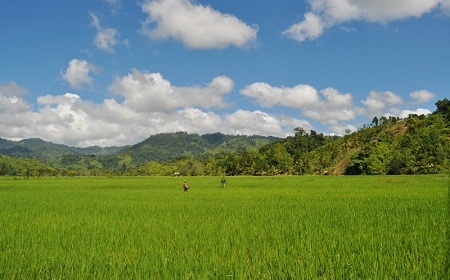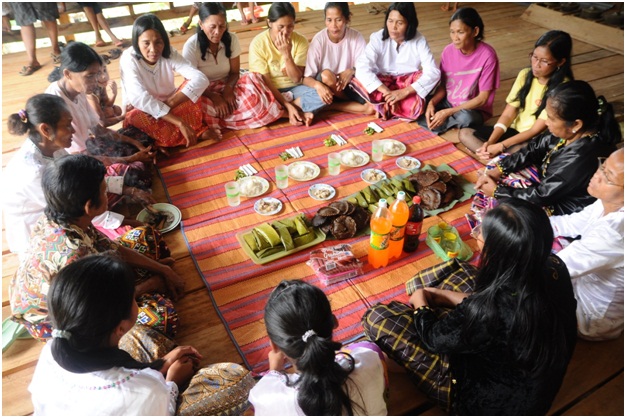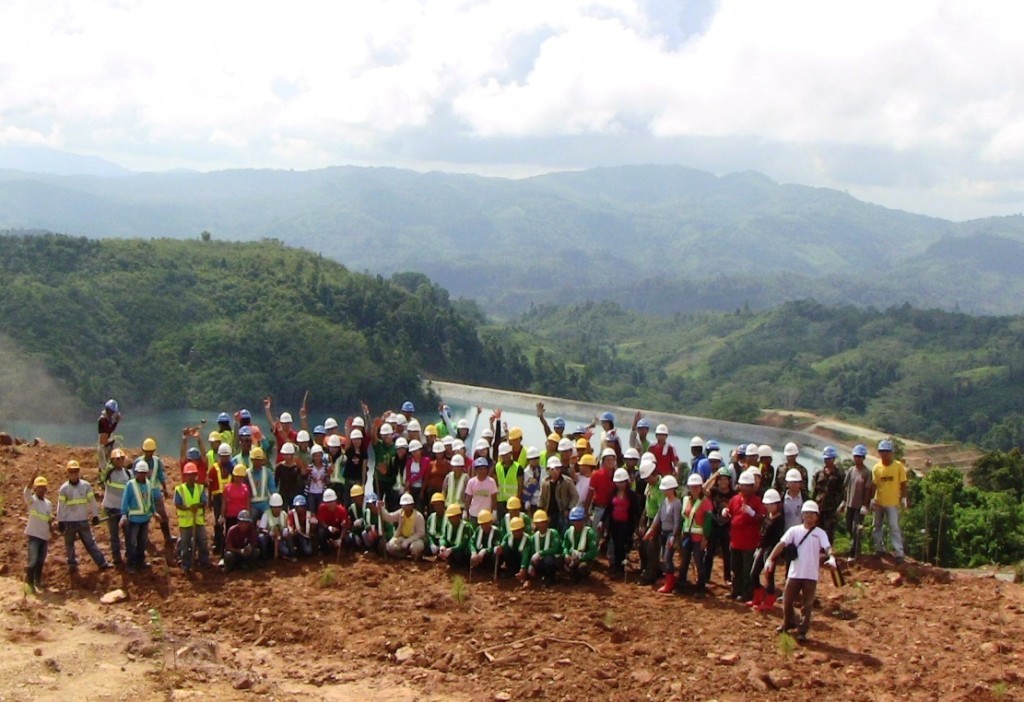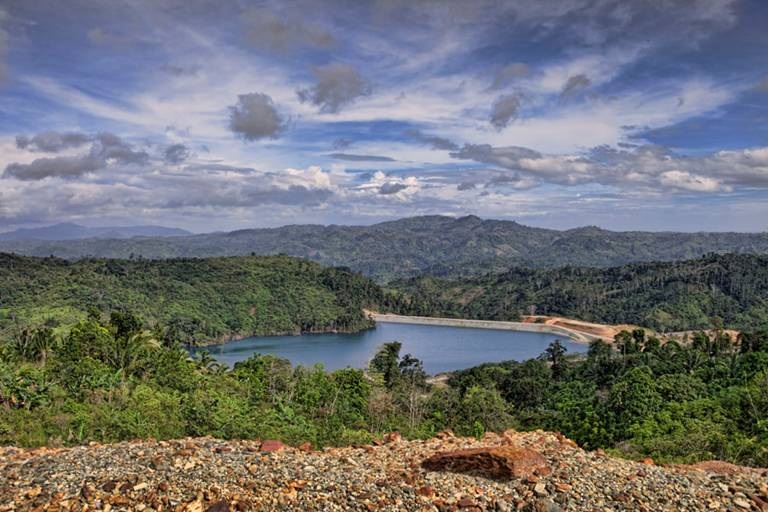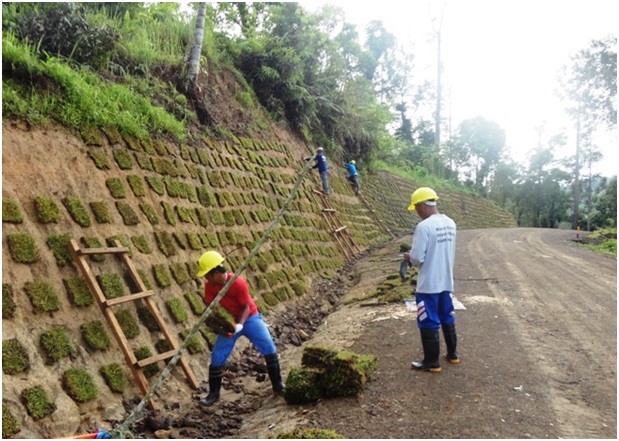Old dam soon ready for reclamation and agriculture
TVI Resource Development Philippines, Inc. (TVIRD) today said construction work on its Copper-Zinc Dam (a.k.a. the “Sulphide” Dam) is on track to be completed as scheduled by the third quarter of this year. The P288-million tailings storage facility will be used when the previous dam, the “Gossan” Dam, is filled, and the Company begins producing copper-zinc concentrates in its Canatuan Project in Siocon, Zamboanga del Norte by early 2008.TVIRD also announced the upcoming reclamation plans for the Gossan Dam – the tailings storage for the Company’s gold and silver project – as its maximum capacity will have been reached sometime in mid-May 2007.

The “quite intact” Gossan Dam, which is the tailings storage for TVIRD’s gold and silver project, is nearing the end of its operations life. Preparations are underway for reclamation and agriculture.
“We’re building the new, `Sulphide’ Dam, in stages,” said Jay Nelson, TVIRD Vice President for Environment and Civil Works. “The early work was focused on preparations for the foundation, and now we’re starting on the structure to take tailings when the Gossan Dam is full. Weather permitting, we are confident that we will meet our target completion date for the first stage structure later this year.”
TVIRD President Eugene Mateo, for his part, denied reports being circulated by anti-mining groups that one of the Company’s tailings facilities had “collapsed”. “Clearly, there is a disinformation campaign going on. How can that happen when there is only one dam in operation for tailings storage in Canatuan, which is the Gossan Dam? This dam is quite intact (see photo above) and, in fact, already nearing the end of its operations life for tailings storage. We will announce details of the Gossan Dam closure and reclamation plan shortly.”

Photo shows non-stop construction work at the foundation of the Sulphide Dam taken 10 days after the heavy downpour in the upstream portion of the Canatuan watershed last April 2. The natural valley side slopes are shown on the right and left sides of the photograph flanking the foundation works.
Nelson added that a heavy downpour last April 2 caused soil runoffs from exposed portions of the construction site and from recent “kaingin” or slash-and-burn agriculture in the region. The resulting, temporary, discoloration in the rivers apparently gave rise to a news and texting campaign by political opponents of mining, stirring up alarm in the province. “The runoffs – the alleged `collapse’ – did set us back a bit in the construction schedule,” added Nelson, “but since we were still only working on the foundation at the time, it will not be difficult to catch up.”
“I appeal to anti-mining groups to be responsible, fair and honest in their reporting. I personally invite the people behind these groups to visit Canatuan so that they can see for themselves what is going on there,” concluded Mateo.



